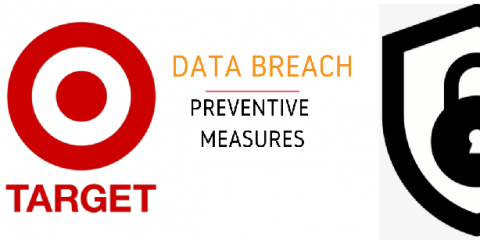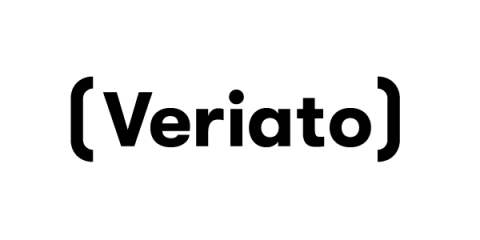Google Chrome extension warns if your password has been leaked
Anyone who has a presence on the internet is likely to be suffering from breach fatigue. Data leaks are reported in the headlines on a daily basis, and users can feel so overwhelmed by the sheer number of breaches that they feel there’s little they can do to keep ahead of hackers.









